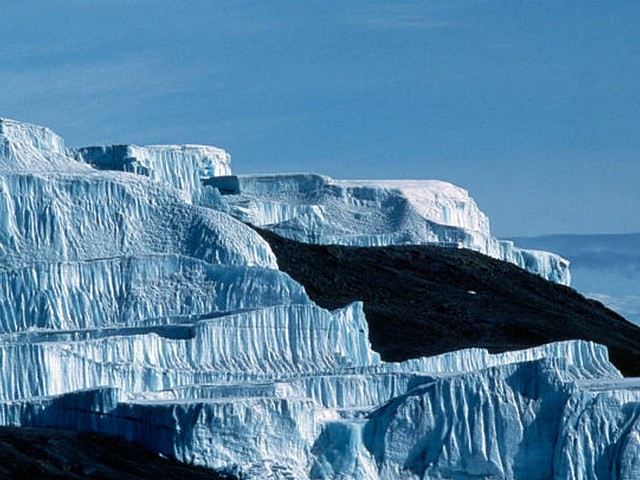Essential Travel Photography Tips for Kilimanjaro
Capture the Majesty of Kilimanjaro: Elevate Your Photography Skills to New Heights
Mount Kilimanjaro, a beacon of majesty rising from the plains of Tanzania, is not just a climber’s paradise but a photographer’s dream. As you prepare to embark on this adventure with Kilimanjaro Centre for Trekking and Ecotourism (KCTE), capturing the essence of Africa’s highest peak through your lens requires more than just a camera. Whether you’re an amateur shutterbug or a seasoned photographer, these essential travel photography tips will help you bring back not just memories but spectacular photographs that speak of Mount Kilimanjaro’s grandeur.
Setting Your Sights on Kilimanjaro: What to Expect and Prepare For
Understanding the Light and Weather
Photography on Kilimanjaro is profoundly affected by the mountain’s unique climate zones. From rainy forests to arid alpine deserts and icy summits, each zone offers distinct lighting conditions and challenges.
Golden Hours: Early morning and late afternoon are golden hours for photographers. The soft, diffuse light enhances textures and adds a warm glow to the scenery.
Weather Wonders: Cloud formations and weather changes create dramatic photo opportunities. Capture the looming mist or a sudden rainbow amidst the mountain’s erratic weather patterns.
Choosing Your Gear Wisely
When trekking Kilimanjaro, every ounce in your backpack counts. Opt for a lightweight, durable camera that can withstand cold and moisture. A good quality DSLR or a mirrorless camera with a versatile zoom lens (24mm-70mm) is ideal for wide landscapes as well as detailed shots. Don’t forget spare batteries, as cold weather can drain them quickly.
Protection is Key: Bring along protective gear for your equipment. Waterproof bags and silica gel packs are essential to combat the humidity and prevent lens fog.
Composing the Perfect Shot: Techniques and Tips
The Rule of Thirds and Beyond
Employ the rule of thirds to create balanced and interesting shots. Position key elements of Kilimanjaro’s scenery along the lines and intersections of the grid. Experiment with different perspectives by changing your angles and elevations. Sometimes, a lower angle can reveal textures and foreground details that add depth to your photos.
Capturing Scale and Grandeur
Kilimanjaro’s vast landscapes are perfect for playing with scale. Include a fellow trekker or a distinctive tree in the foreground to give a sense of the mountain’s enormity. This technique not only conveys the magnitude but also adds a human element to your stories.
The Human Touch: Portraits and Culture
Kilimanjaro is not just about landscapes. The Chagga people, indigenous to the region, add a rich cultural layer to your journey. With respect and permission, photographing the local community can lead to meaningful interactions and portraits that tell a deeper story. Always approach such situations with cultural sensitivity and respect.
Post-Trek Editing: Bringing Out the Best in Your Shots
Post-processing is a powerful tool to enhance your Kilimanjaro photos. Adjusting exposure, contrast, and color balance can help recapture the true feel of the moment. Tools like Adobe Lightroom offer presets specifically designed for landscape photography, making it easier to achieve stunning enhancements.
Tip: Don’t over-edit. Let the natural beauty of Kilimanjaro shine through your photographs.
Safety and Etiquette: Photography on Sacred Grounds
Mount Kilimanjaro is revered by the local communities. It’s important to be aware of cultural sensitivities, especially when photographing near sacred sites or religious ceremonies. Always ask for permission before taking photos of people or private property.
Why Climb with Kilimanjaro Centre for Trekking and Ecotourism (KCTE)?
Choosing the right tour operator not only ensures your safety and comfort but also enhances your photographic opportunities. KCTE offers expertly guided treks that take you through the most scenic routes, providing ample time and flexibility for photography. Our knowledgeable guides can point out the best spots and times for capturing the mountain’s awe-inspiring beauty.
FAQs: Sharpen Your Photographic Journey
Q1: What is the best time of year to photograph Kilimanjaro?
The dry seasons, from June to October and from December to March, offer clearer skies and more reliable weather for photography.
Q2: How can I manage my camera gear during the trek?
Focus on bringing essential gear and use padded, waterproof bags for protection. Utilize porters wisely to help carry extra equipment.
Q3: Are drones allowed for aerial photography on Kilimanjaro?
Drones are generally restricted without special permits due to privacy and safety concerns. Always check the latest regulations before your trip.
Conclusion: Capture Your Kilimanjaro Experience with KCTE
Photographing Mount Kilimanjaro is an opportunity of a lifetime. With these essential travel photography tips, you’re ready to capture the stunning beauty and spirit of Kilimanjaro. Remember, the best way to experience and photograph Kilimanjaro is with a responsible and experienced guide. Book your climbing adventure with Kilimanjaro Centre for Trekking and Ecotourism (KCTE), and take home more than just photos—a truly unforgettable journey awaits!
Call to Action: Ready to take your photography to the highest peak in Africa? Contact KCTE today and start planning your Kilimanjaro expedition with us! Let’s create breathtaking memories together.




